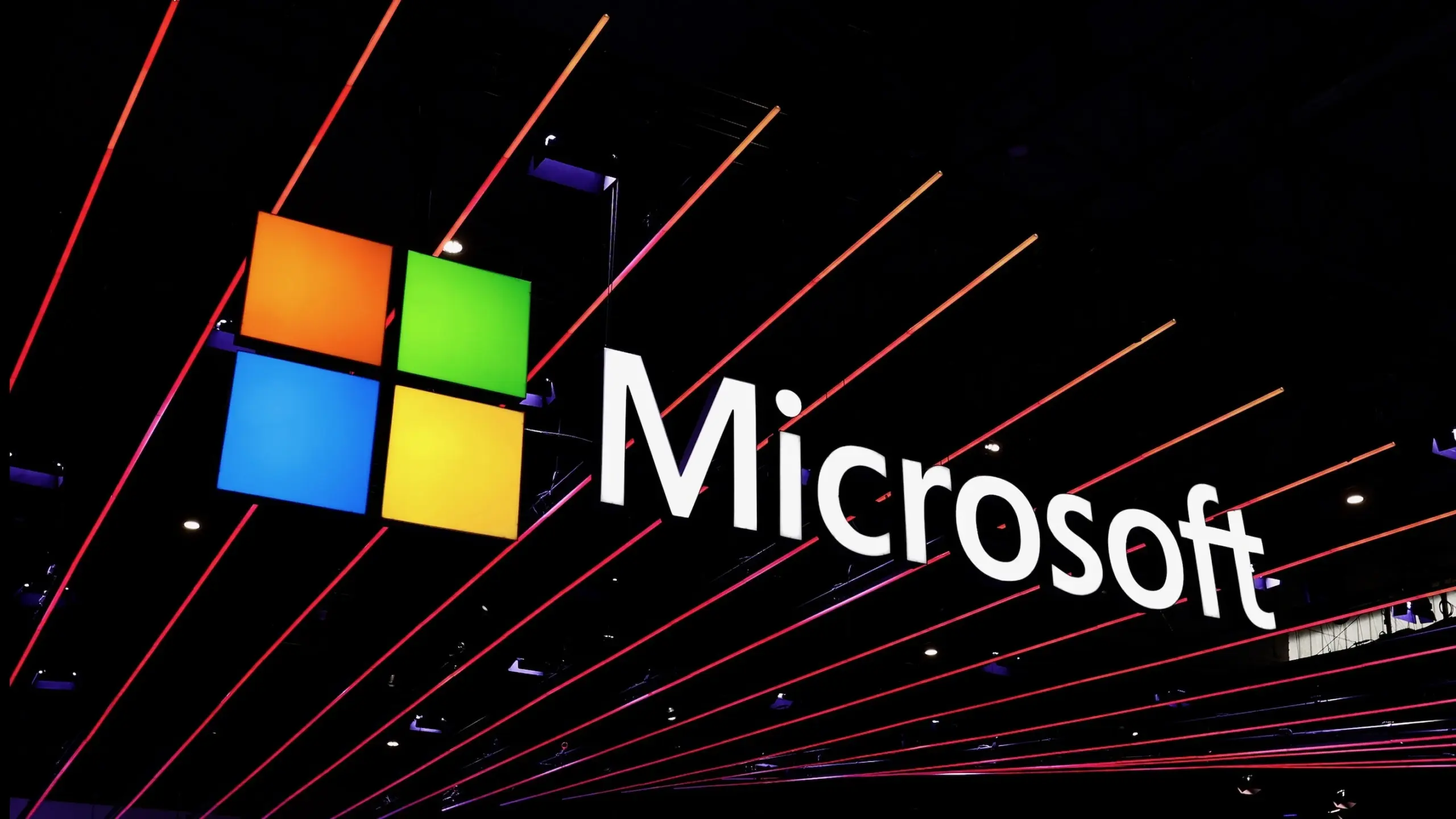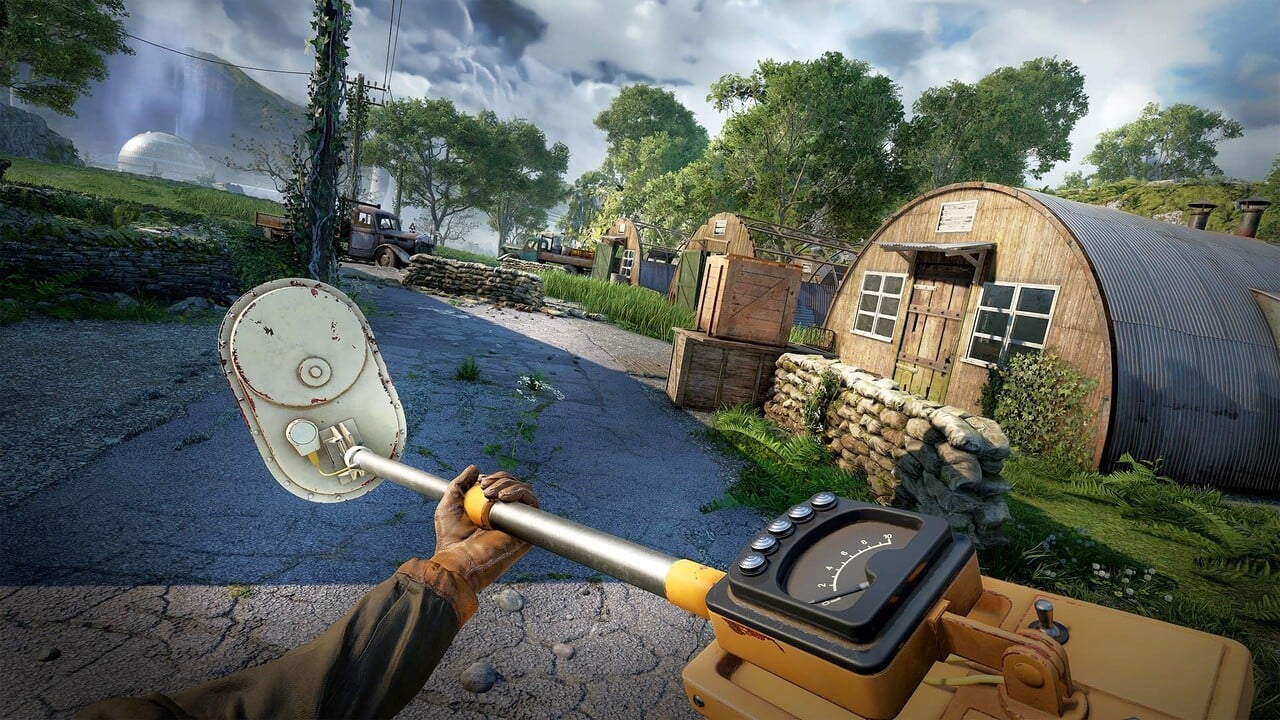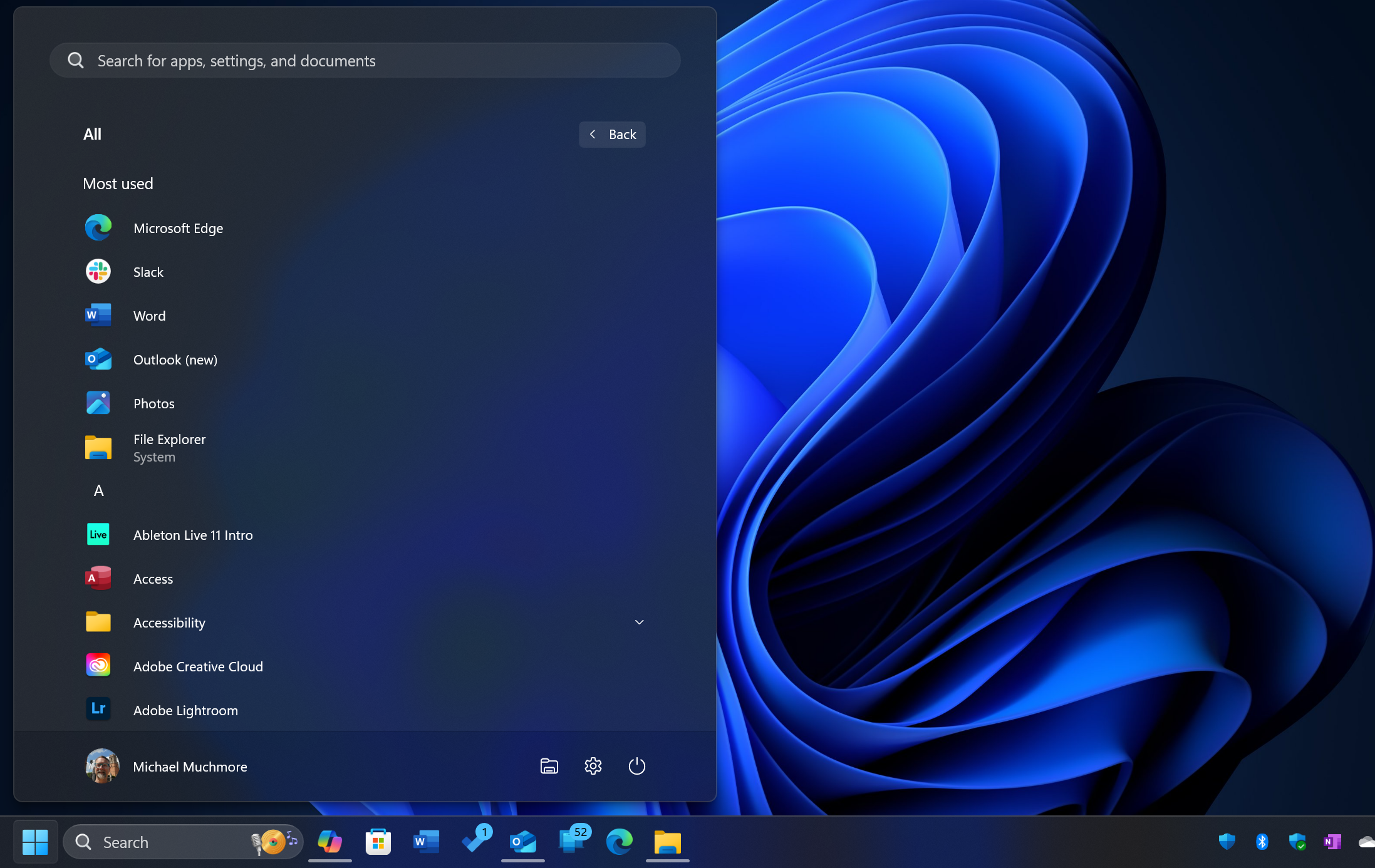The popular PC gaming platform Steam has become a surprising vector for malware distribution. A seemingly innocuous PirateFi game has been found to be surreptitiously infecting users with the Vidar malware, a notorious information stealer capable of compromising user accounts, pilfering sensitive data, and potentially granting attackers control over infected systems. This incident, discovered recently, has sent ripples of concern through the gaming community, raising serious questions about the platform’s security measures and the potential dangers lurking within seemingly harmless games. This article delves deep into this alarming incident, exploring the mechanics of the attack, its potential impact, and crucial steps users can take to safeguard themselves.
How a Pirate Game Turned into a Pirate’s Trove of Data
The malicious game, masquerading as an engaging PirateFi experience, was available for purchase on Steam. While the exact timeline of the infection is still under investigation, reports suggest the compromised version of the game was circulating for a period before its malicious nature was uncovered. The game itself, while perhaps not a critical darling, likely attracted a certain player base interested in the PirateFi genre. This allowed the malware to spread relatively discreetly, leveraging the trust users place in the Steam platform.
The attack vector is particularly concerning. Users, believing they were purchasing a legitimate game through a trusted platform, unknowingly downloaded and installed the malware alongside the game itself. The Vidar malware, known for its stealth and potent capabilities, operates in the background, making it difficult for unsuspecting users to detect its presence.
Vidar: The Silent Thief
Vidar is a well-known information stealer, and its presence within this game represents a significant threat. This malware is designed to harvest a wide range of sensitive data from infected machines, including:
- Login credentials: Vidar targets usernames and passwords for various online accounts, including banking, email, social media, and, crucially, Steam itself.
- Financial information: Credit card details, banking information, and cryptocurrency wallet data are all prime targets.
- Browser data: Saved passwords, browsing history, cookies, and other browser data can reveal a wealth of information about a user’s online activities and habits.
- System information: Details about the infected machine, including its hardware and software configuration, can be used for further attacks or to target specific vulnerabilities.
- Game-related data: In the context of this attack, Vidar could potentially steal in-game items, currency, or even entire game accounts.
The stolen data is then typically exfiltrated to a remote server controlled by the attackers, where it can be used for various malicious purposes, including identity theft, financial fraud, and account takeover.
The Impact on Gamers
The ramifications of this attack are substantial. Users who downloaded the compromised game face a high risk of:
- Account compromise: Loss of access to their Steam accounts, potentially leading to the loss of purchased games and virtual items.
- Financial losses: Theft of funds from bank accounts, credit cards, or cryptocurrency wallets.
- Identity theft: Stolen personal information can be used to open fraudulent accounts or commit other forms of identity theft.
- System compromise: The Vidar malware could open the door to further malware infections, potentially giving attackers complete control over the infected machine.
Beyond individual users, this incident also damages the reputation of Steam as a secure platform. It raises concerns about the vetting process for games and the potential for similar attacks in the future.
Protecting Yourself: A Gamer’s Guide to Security
While this incident is alarming, there are steps users can take to protect themselves:
- Be vigilant: Exercise caution when downloading and installing games, even from trusted platforms like Steam. Read reviews and check for any red flags before making a purchase.
- Keep your software updated: Ensure your operating system, antivirus software, and other applications are up to date with the latest security patches.
- Use strong passwords: Create unique and complex passwords for all your online accounts, including Steam. Consider using a password manager to help you manage your passwords securely.
- Enable two-factor authentication (2FA): 2FA adds an extra layer of security to your accounts, making it much harder for attackers to gain access even if they have your password. Enable 2FA on Steam and all other important accounts.
- Scan your system regularly: Use a reputable antivirus and anti-malware program to scan your system regularly for infections.
- Be wary of suspicious activity: Keep an eye out for any unusual activity on your computer or online accounts, such as unexpected emails, login attempts from unfamiliar locations, or changes to your account settings.
- Report suspicious games: If you encounter a game that seems suspicious or behaves strangely, report it to Steam immediately.
Steam’s Response and the Future of Game Security
Following the discovery of the malicious game, Steam has reportedly taken steps to remove it from the platform. However, questions remain about how the game managed to slip through the vetting process in the first place. This incident highlights the need for stronger security measures to prevent similar attacks in the future.
This attack serves as a stark reminder that even seemingly safe platforms can be vulnerable to malware distribution. Gamers must remain vigilant and take proactive steps to protect themselves from these threats. By staying informed and practicing good security habits, users can minimize their risk and enjoy their gaming experience without fear of compromise. The incident also calls for increased transparency and communication from platforms like Steam regarding security issues and the steps they are taking to protect their users. The future of game security depends on a collaborative effort between platforms, developers, and users to create a safer and more secure gaming environment.










Add Comment